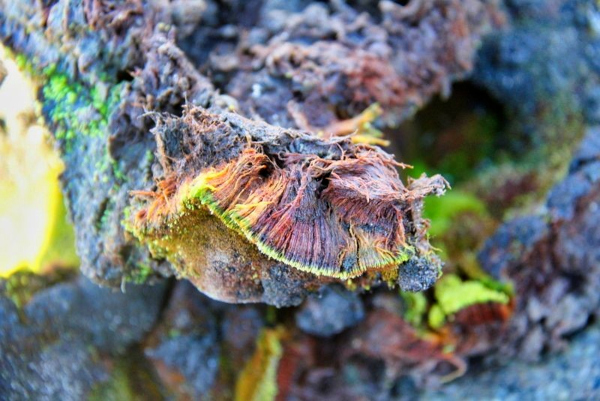BATHINDA: Polar biologists based at Central University of Punjab have discovered a new native species of moss from continental Antarctica. The species is named Bryum bharatiensis– named so as a tribute to the country and India’s Antarctic station Bharati. Felix Bast, Associate Professor and head Department of Botany, Central University, who was part of Indian Antarctic Mission 2016-17 as an expedition scientist, stumbled upon these green plants on rocks near Bharati station at Larsemann Hills, East Antarctica. He collected the samples and brought back to the lab at the university for further works. He performed taxonomic assessments along with his PhD student, Wahid Ul Rahman and collaborator Kriti Gupta who is heading Botany department at DAV college, Bathinda.
Subsequent studies confirmed that the species is a new species of moss discovered for the first time in the world, a substantial discovery. Besides the new species discovery, the study also revealed two new taxonomic records. The moss Bryoerythrophyllum recurvirostrum was recorded first time from Larsemann Hills and the moss Coscinodon lawianus from Schirmacher Oasis- a place near India’s yet another Antarctic Station, Maitri. Felix used an approach combining morphology-based traditional techniques with DNA Sequence-based modern tools for formalizing the species discovery.
Bast said that “this is the first plant species discovery resulting from 40 years of Indian Antarctic Mission, that began in 1981. India’s first Antarctic station, Dakshin Gangotri, was established in 1984 but got abandoned and decommissioned in 1990 as the station submerged in the ice sheet. Maitri station was commissioned in 1989 while Bharati station in 2012, both are currently operational and year-round stations. There had been a number of bacterial species discoveries in Antarctica, but the way species is defined in bacteria is very different from that in plants”.
It has been estimated that the planet earth has 1 trillion species of living organisms, out of which we know merely 1.2 million till date. Discovering new species like this is important not only for the characterization of the biodiversity of earth, but also the fact that the economic utilization might remain to be invented by future generations. As naturally occurring living organisms cannot be patented in India, species discoveries like this is an analogous process, he said.
The paper describing the discovery has been published in the leading international journal, Journal of Asia-Pacific Biodiversity (Elsevier). This is the sixth species discovery from the research group of Felix Bast, all earlier five were new species of marine seaweeds from Indian coasts.
You may also like
-
New Heat-Based Approach To Cancer Treatment Can Reduce Chemotherapy Doses
-
Scientists Take A Major Step Towards Unification Of Classical & Quantum Gravity
-
India Graphene Engineering and Innovation Centre (IGEIC) Under the Vision of Viksit Bharat@2047 Launched
-
New High-Performance Gas Sensor can Monitor Low Level Nitrogen Oxides Pollution
-
Antidepressant Drug can be Repurposed for Treating Breast Cancer
